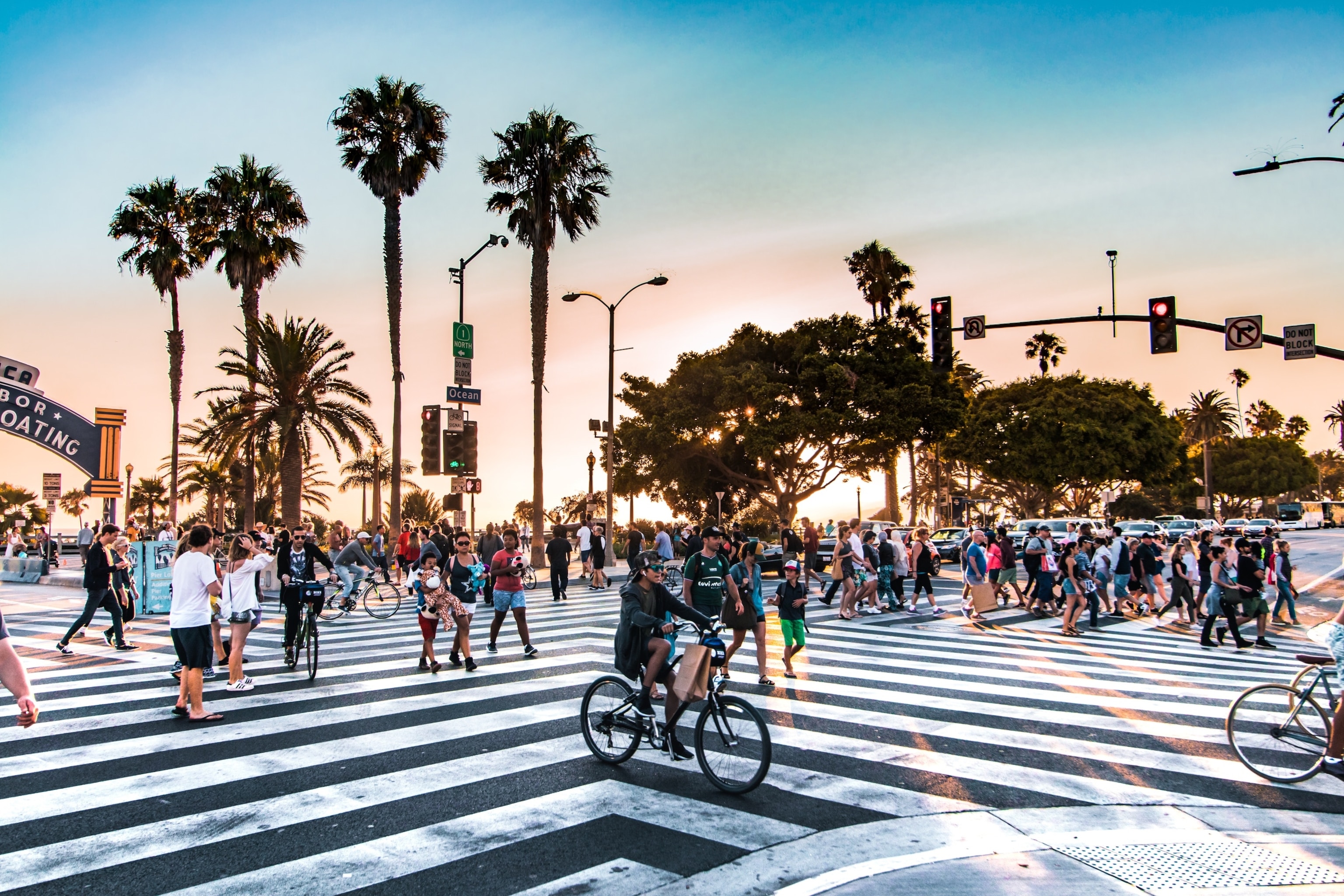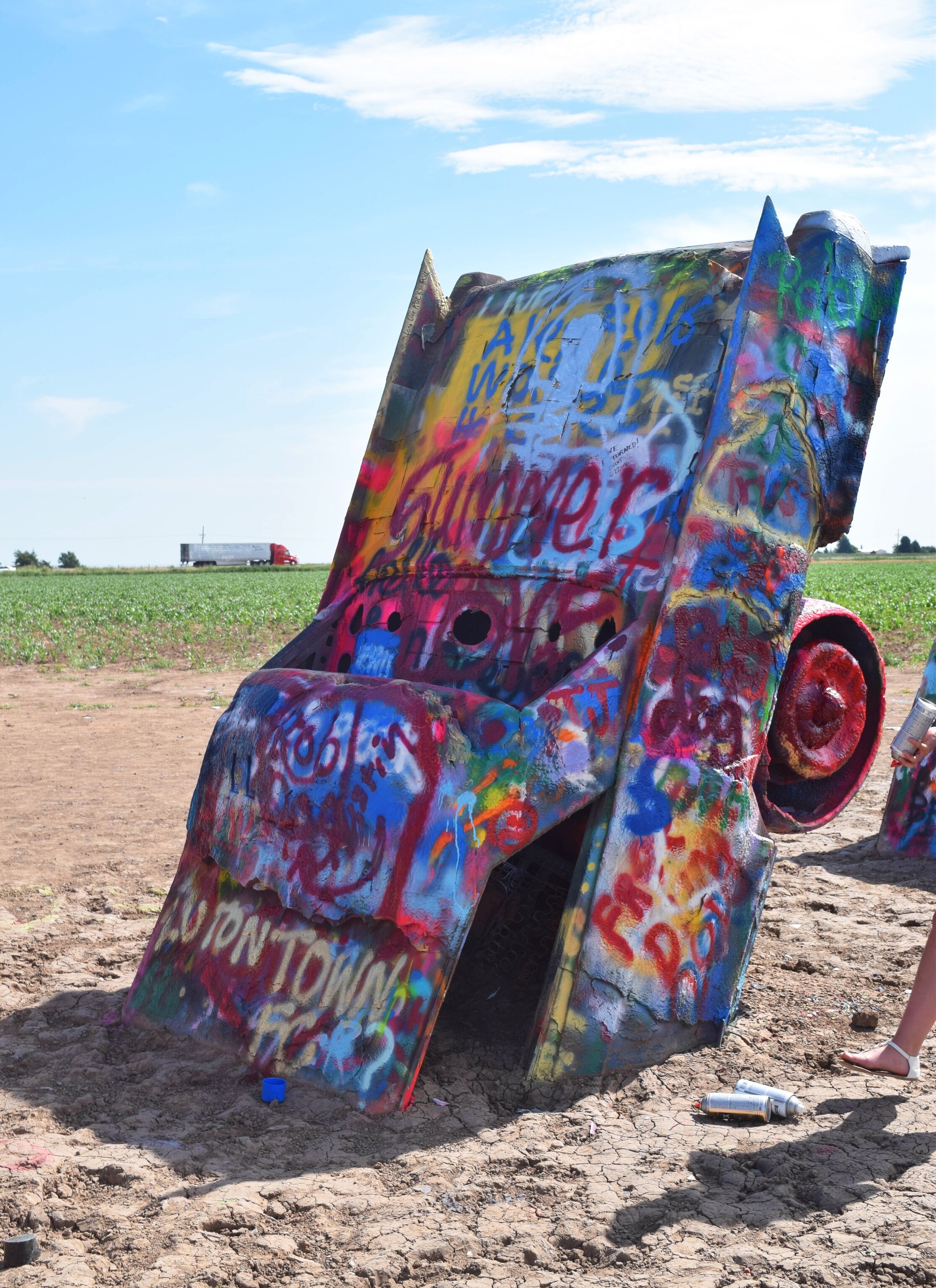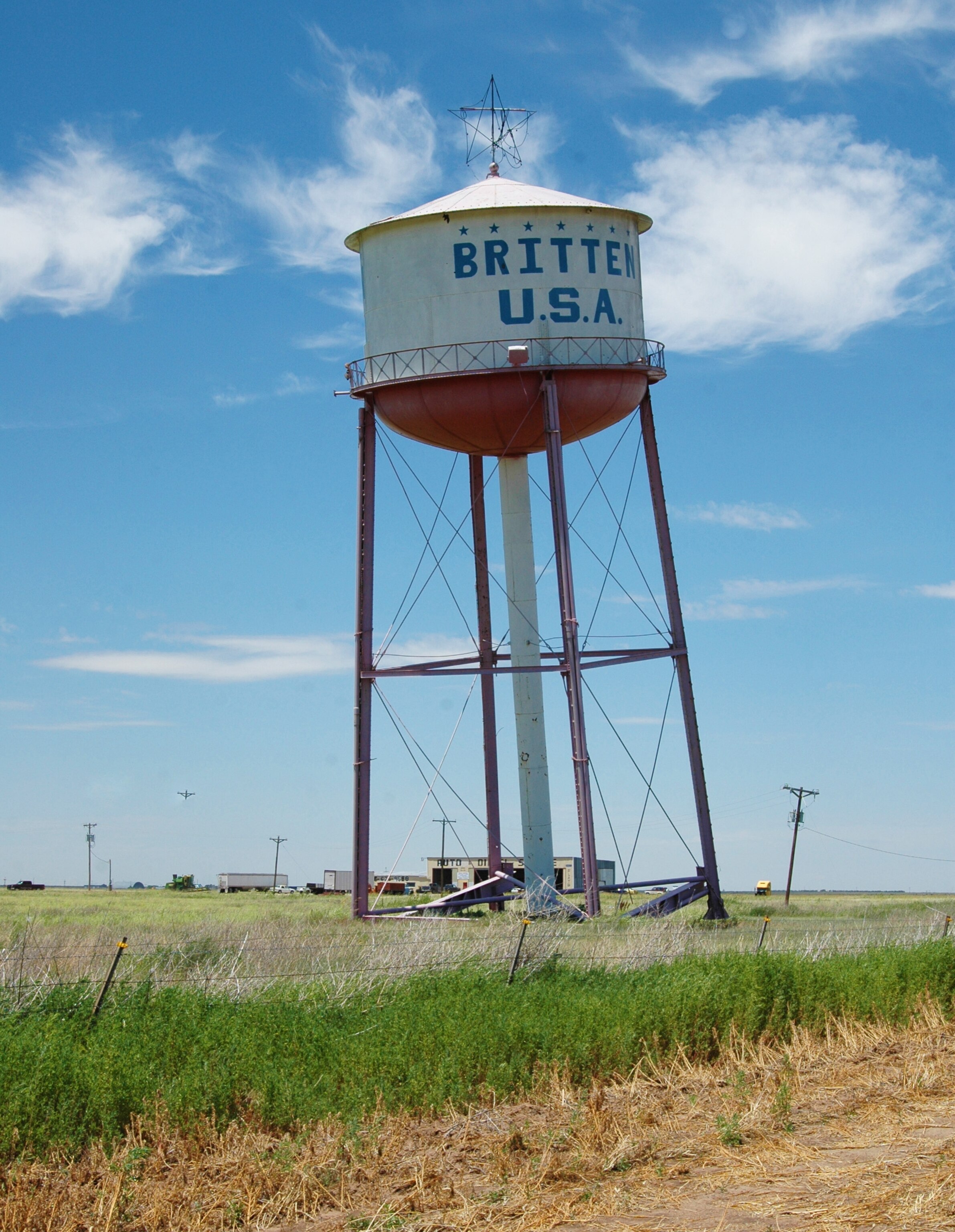
Looking for the Mother Road
From Los Angeles to Chicago, the legendary Route 66 represents a historic and important part of America’s history. Now preservationists plan to bring this storied roadway back to life.
It flows out of the concrete caverns of Chicago and out into the fields, past the arch of St. Louis and on through the land: pastures of Kansas, rolling hills of Oklahoma, stockyards of the Texas Panhandle, brilliant rockscapes of Arizona, California badlands. Through desert and mountain and farm, the highway cuts through one-horse towns and gritty outposts and thrumming cities on its way to the promised land of Los Angeles.
John Steinbeck called it the Mother Road. In truth, the number speaks for itself: Route 66, the highway born just as America’s westward ambitions hardened into steel and tar and got thirsty for gas. The road we drove before the interstates turned our journeys into bland hurdles from one identical rest stop to the next.
Route 66 is a scrambled and often unintentional picture of American history, dense with reminders of who we have been and who we might yet become: Traces of the Civil War and the Trail of Tears, gold rush, railroads, the rise of the automobile, ambitious American civil engineering, Hollywood film sets, dreams of Europe, and a legacy of racism against Native Americans and African-American travelers. All interspersed with fried chicken and corn dogs and wacky statues.
At its finest, Route 66 was the best option for Americans who set off toward the setting sun. They drove for a change of scenery, a better opportunity, a new job. For survival, sometimes. It gave thin hope to desperate migrants who escaped the Dust Bowl hoping for work in California. It bore generations of motorists off to Grand Canyon vacations, to the Technicolor fairy tales of Hollywood, to the promise of a warm and unglimpsed place where the breeze smelled like Pacific salt and new beginnings.
This summer we’re taking the long ride all the way down Route 66. We’ll leave Chicago this week and set off to explore an iconic roadway that has struggled and broken into pieces and, just recently, started to experience a slow but sure rejuvenation. We’ll be traveling with the National Trust for Historic Preservation, which has declared Route 66 a National Treasure and is asking Congress to designate the highway a National Historic Trail. This permanent designation would mean much needed investment to communities along the route, encouraging economic revitalization, and would bring greater interest to this legendary highway.

Today the story of Route 66 is the fate of the road itself, which was left to languish as America built its efficient and drab interstates. Landmark diners, filling stations, motels and roadside distractions fought for survival. Many of the icons went under. Some fell to ruins along the roadside.
But that’s not the end of the story. Car lovers and curiosity seekers from all over the world still make the pilgrimage to the Mother Road. And, in recent years, an emerging appreciation for the highway’s singular place in the American imagination has driven a preservation boom along the route.
From the Palms Grill Cafe in Illinois to Missouri’s 66 Drive In Theater to Tower Station in Shamrock, Texas, iconic roadside establishments have been brought back from ruin and reopened for business. The iconic Wigwam Village #6 motel of Holbrook, Arizona (whose familiar concrete and steel tents are not, in fact, wigwams but rather tipis) is once again renting out vintage rooms with rotary telephones and cable television. The legendary Gillioz Theatre of Springfield, Missouri, a landmark theater from the days of silent movies and vaudeville, has risen to glory again as a live music venue.
The road endures, and so do the artists, entrepreneurs and dreamers who make their home along its edges. At Angel and Vilma's Arizona gift shop you can still spot Angel Degadillo, who has lived all nine decades along Route 66 and is known as the highway’s “guardian angel.”
At the Midpoint Café in Texas (Slogan: “When you’re here, you’re halfway there”), you might catch a glimpse of former owner Fran Hauser, longtime Route 66 merchant and inspiration for Flo in the animated movie Cars.
Countless museums offer a break from the road, dedicated to everything from barbed wire to motorcycles to mining. These stops are punctuation for the highway itself – a long and complicated multimedia display of various American impulses and hopes and underbellies.
Along the road there are ancient sites built from rock and dirt before Europeans ever set foot on the continent; ghost towns; Civil War battle sites and boneyards; supplies stocked in caverns by the U.S. government during the Cuban Missile Crisis.
- National Geographic Expeditions
Route 66 is the birthplace of a particular brand of American kitsch – the bumper sticker and the muffler man and a thousand other gimmicks. To make money from drivers, you’ve got to get them out of the car – but how? Generations of mad marketing geniuses have cooked up their weird innovations.
The enormous fiberglass bunny of the Jack Rabbit Trading Post in Arizona, once made famous by billboards the entire length of the highway. The Leaning Water Tower of Texas, bulldozed deliberately askew by a rest stop owner who guessed – correctly – that drivers would pull over to investigate, and stay for gas and dinner.


Among the advertisement, there is also art. The wildly painted tailfins of Cadillac Ranch jut at harsh angles from the sand like shipwrecked spacecraft from some hallucinatory planet. The bottle collection inherited by lifelong desert scavenger Elmer Long dangle from wooden stands in a sort of glass forest.
These recent flourishes of surrealism along the roadsides tell us another story about the evolution of Route 66: It is no longer the thoroughfare of necessity and speed, but the meandering path for people who set out deliberately to get lost in the dream.
What characters and adventures await along the Mother Road? There’s only one way to find out. Follow the journey HERE.